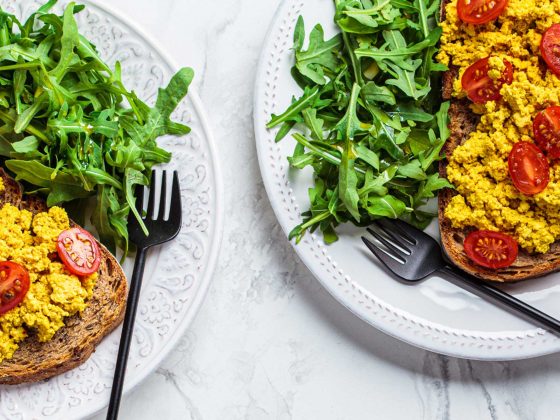Getting adequate fibre intake is one of the most powerful things we can do to promote our health. However, for those with irritable bowel syndrome (IBS), fibre is a double-edged sword. Not enough fibre can exacerbate constipation, and too much can trigger bloating, pain and discomfort (and ironically also cause constipation).
Soluble fibre (such as gums, pectin) found in many fruits, vegetables and oats forms a thick gel when it comes in contact with water and is readily fermented. This is beneficial for our heart, as it can assist in lowering LDL blood cholesterol by binding with bile acids and increasing their extraction. Soluble fibre also slows down the absorption of sugars, helping to stabilise our blood sugar levels. In the colon, soluble fibres are highly fermentable and have a prebiotic effect, encouraging the production of good bacteria and promoting a healthy bowel.
For many with IBS, soluble fibre is better tolerated than insoluble (found in legumes, seeds, bran), however like all things, it does vary on the individual.
Slowly increasing your intake of soluble fibre can be a valuable tool for helping relieve IBS symptoms and improve your gut microbiome. Some excellent sources that are low fodmap, so generally well tolerated are
- Berries such as strawberries and blueberries 125g (1 cup) blueberries or 6 strawberries is considered a low fodmap serve
- Avocado is a surprising source of fibre and 1/4 cup (60g) of an avocado is considered low fodmap
- Carrots are fibre rich, with 1 small or 1/2 medium carrot being low fodmap
- Oats are packed with beta-glucan soluble fibre, also known to reduce cholesterol, with up to a ½ cup serve generally well tolerated
- Enjoy up to 1 cup eggplant for a good dose of fibre
- Chia seeds (up to 2 tbs) are rich in fibre and anti-inflammatory omega 3 fatty acids and the perfect breakfast fibre boost
- Snack on kiwifruit (up to 2 small) for a fibre rich snack that can also help alleviate constipation
*Always check the Monash University app for serving sizes – as these do change as more information becomes available.
Remember – always increase fibre intake slowly to avoid triggering digestive symptoms.



